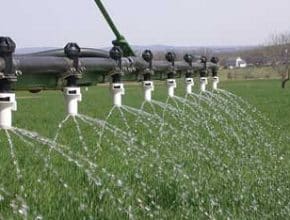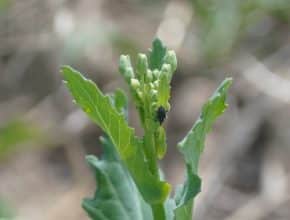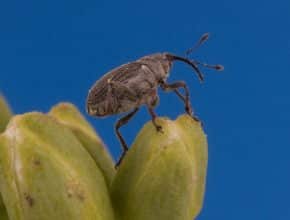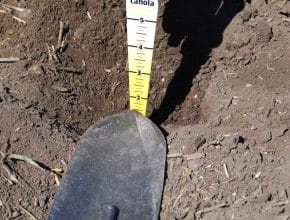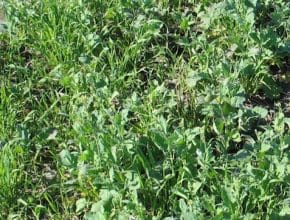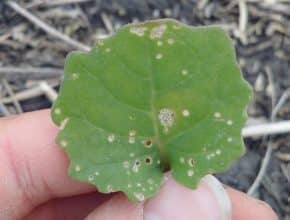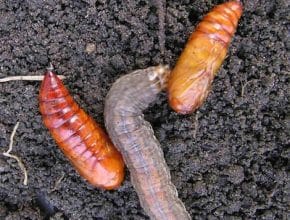Home / Canola Watch / June 15, 2016 - Issue 13
-
Three questions to test the basics on top-dressing fertilizer…
-
Cabbage seedpod weevils are attracted to the buds on early canola plants, as shown in this Brooke Moon photo. While they will feed on these buds and destroy some of them, spraying is rarely recommended before 10% bloom…
-
Pea leaf weevils (bottom) can be found in canola but the only weevil of concern is the cabbage seedpod weevil (top). Thank you Shelley Barkley of AAF for the excellent photos…
-
Seeding too deep is a common stand establishment issue in canola. This becomes clear as plants emerge, especially when some rows emerge earlier and more vigorously than others…
-
Growers who usually spray twice may not need that second pass this year if the canopy has closed, weeds are behind the crop, and the recommended application window is past. A second application only makes sense when…
-
Spraying late or at higher-than-label rates can reduce canola profits…
-
Blackleg infection prior to the four-leaf stage can result in serious yield loss, but blackleg can be difficult to identify on such small plants…
-
Usually by the end of June, most of the cutworms that overwintered as eggs or partly grown larvae (including redbacked, as shown in this John Gavloski photo) have pupated and are no longer a risk to crops. In early and warm springs, cutworms will often pupate earlier in June. In cooler spring, cutworm activity often carries into July before pupation…

